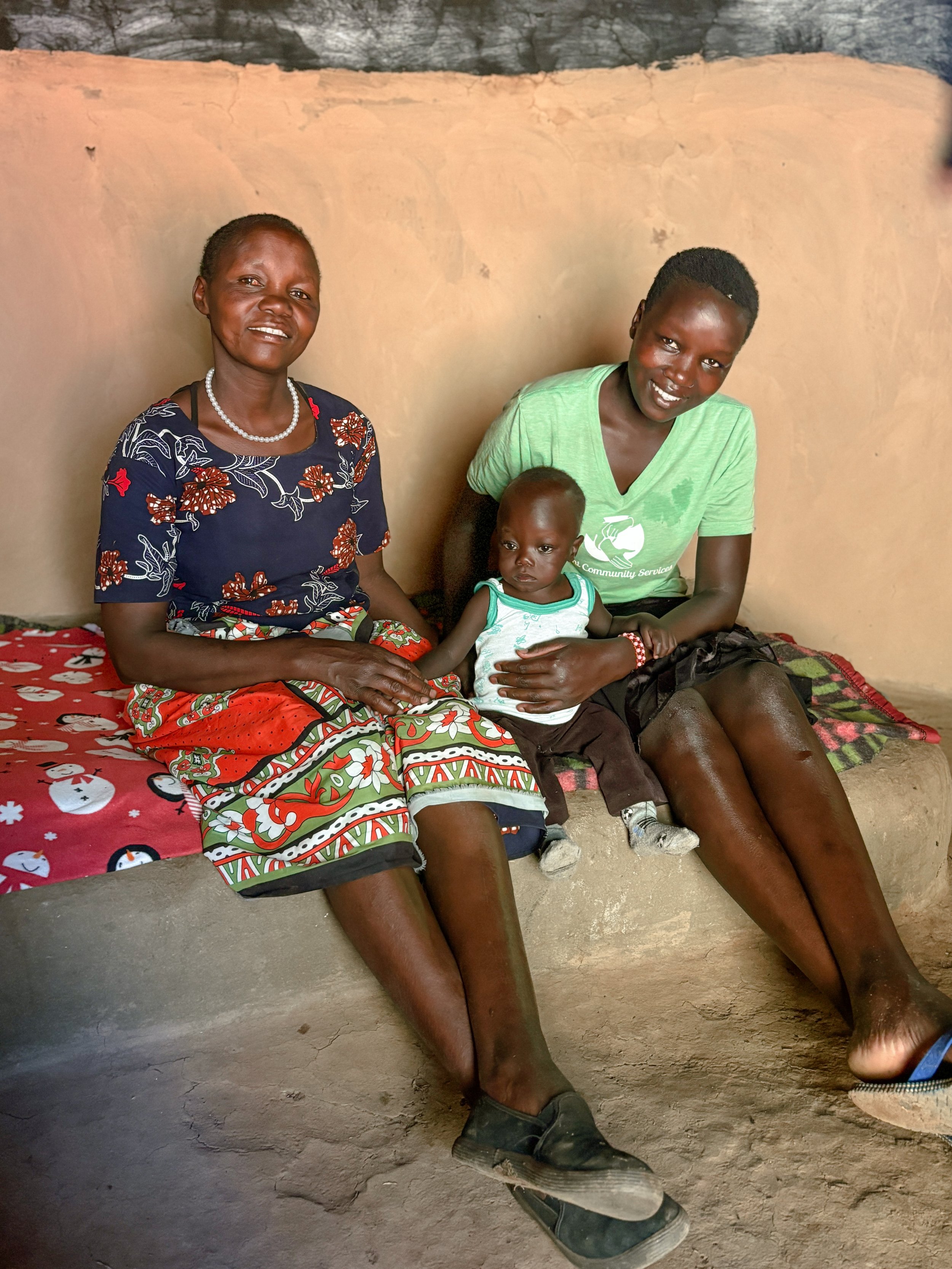Liam’s Story
Here in Kenya, the word “unfair” often comes to mind. It echoes through the hospital halls when a mother brings in her child too late—not by choice, but because the nearest clinic is hours away. It lingers when doctors do everything they can with what little they have, only to watch a young life slip through their fingers.
A recent paper highlighted a sobering reality: 13% of pediatric patients who arrive at hospitals in low-income countries are critically ill. Yet, most of these hospitals lack the tools and resources needed to offer true critical care.
At the hospital, we know this challenge intimately. Every day, we face the limitations of what we can do—and the weight of what we cannot.
This is the story of Liam. It’s a story that brings those statistics to life and shows the uphill battle we face in caring for our sickest children.
Liam arrived at our hospital with his mother who came from hours away to access our care. He was severely malnourished, and his frail body was shutting down due to days of relentless diarrhea and vomiting. He was admitted to our pediatric ward, where Jack took charge of his care.
Jack immediately started Liam on IV fluids, antibiotics, and anti-nausea medication. Initially, he improved. Because he was too weak to eat on his own, Jack inserted a nasogastric tube to provide essential nutrition. It seemed like Liam was on the right path to recovery.
Liam with his mom in our pediatric ward.
Jack discussing care with Liam’s mom.
For days, Liam hovered between life and death. He required continuous epinephrine, frequent lab checks, electrolyte replacements, and powerful antibiotics. This level of care demands highly skilled nurses to provide constant monitoring—something our local nurses, through no fault of their own, are not yet fully trained to do. Thankfully, at that time, we had two visiting ICU nurses from the U.S., Natalie and Allison, who provided round-the-clock care for Liam.
None of us knew if he would pull through. Jack consulted a pediatric cardiologist from a larger mission hospital in Kenya. The prognosis was grim—Liam’s heart was dangerously weak. That evening, Jack sat on our couch after a long day and shared Liam’s condition with me.
“What are his chances?” I asked.
“Maybe 20-30%,” Jack replied solemnly.
In that moment, all I could do was ask God for mercy on this little boy’s life.
For the next several days, our visiting nurses meticulously monitored Liam’s fluids, adjusted his medications which included an epinephrine drip that needed to be carefully titrated. And then, slowly—miraculously—he improved. Each day, he grew a little stronger. Our entire team watched in awe as hope turned into certainty: Liam was going to survive.
Natalie, a NICU nurse visiting from North Carolina, monitored Liam’s situation night and day during her time here.
A very happy mom excited to be going home!
But the journey wasn’t over yet. Liam was still severely underweight.
Our hospital has just one nutritionist, Alice, and she rarely has access to the specialized nutritional supplements malnourished children need. The government supplies them sporadically, often leaving our most vulnerable patients without critical resources. So, using funds from our donors, we were able to purchase a month’s supply of Plumpy’Nut for the hospital, a nutrient-dense therapeutic food designed for malnourished children, to ensure Liam had what he needed to regain his strength.
Then, another hurdle arose. His mother and grandmother couldn’t afford the hospital bill. Unlike some patients, they hadn’t been able to pay the $30 annual fee for insurance that would have covered Liam’s stay. Through the generosity of a donor dedicated to helping pediatric patients, our social work team was able to cover their costs.
Regan, Judah and Micah next to Alice, our nutritionist, Liam’s mom, and Dorcas, our social worker, sharing the nutritional supplement we were able to purchase through our donors.
A week after he was discharged, we visited his home with our social workers and some guests to see how we could continue supporting his family.
I was thrilled to see a completely different Liam—the frail child who had clung to his mother in the hospital was now running around, playing catch, and even trying to grab my phone to play a game on it. His mother beamed as she told us, “Even before he got sick, he was weak and lethargic. Now, he’s a completely different child.”
Having chai (tea) with Liam’s family
Liam, his mom, and grandma
Tony, our pastor from our church in California along with his daughter Claire, playing with Liam in his house
But hospital discharge doesn’t always mean life gets easier. During our visit, Liam’s mother broke down in tears as she shared her struggles. She had dropped out of high school when she got pregnant, and Liam’s father had chosen not to be involved in their lives—a heartbreakingly common story here. She lived with her mother, but her father had married another woman and no longer supported them. They were barely getting by.
One of the greatest privileges of our work is partnering with the social work team to offer families not just emergency medical care, but long-term solutions. Thanks to our donors, we were able to provide Liam’s family with maize and fertilizer—help that would relieve a financial burden and ensure they had a strong harvest to help break the cycle of poverty.
This is one of my favorite things about living and serving in Kapsowar - getting to work right next to Jack, and use our different skills to bring hope and healing to patients. And it makes a real, tangible difference in their lives.
It still blows me away, this incredible opportunity we have as humans—to make choices that change lives. We chose to move to Kapsowar. Our volunteer nurses chose to visit. Donors chose to give. And God chose to have mercy. Each choice beautifully woven together to give Liam a future that could have ended very differently.









